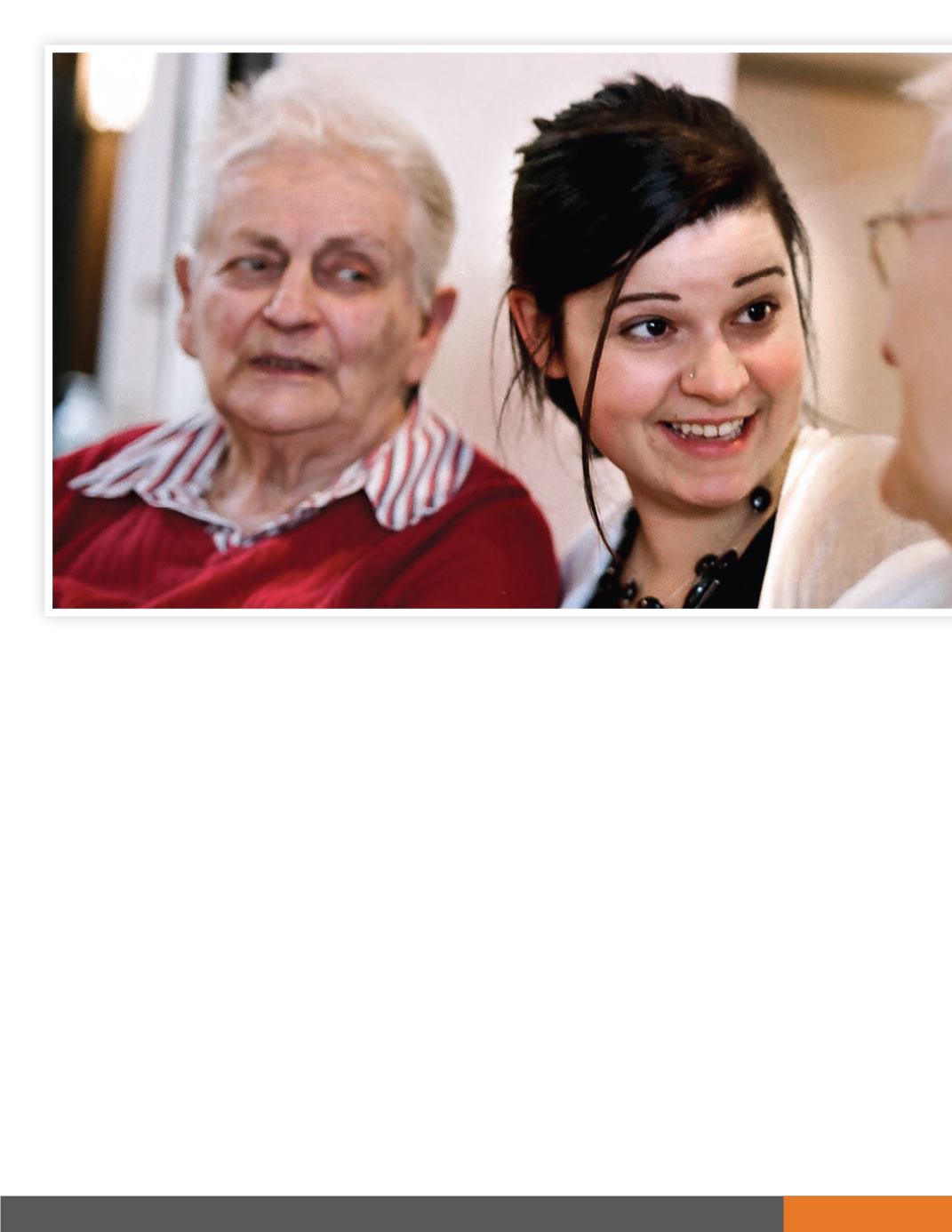
138 Business View - August 2015
for the membership right now and how do they break
down? What are the different types of members?
RUBIN:
There’s a whole continuum from lighter ser-
vices to heavier services. We have charities and not-
for-profits that provide long-term care, and they often
have their origins with cultural and ethnic groups, such
as the Mennonites, the Latvians, and the Germans –
people who came to Ontario and wanted to care for
their seniors. Others have roots in seniors’ clubs and
community groups, such as rotary clubs and legions.
These members rely very much on volunteer support
and the financial benefactors of their communities,
along with very much-needed government support.
These homes still have their roots in their origins or
culture, but they are non-denominational, and now
they must take anybody in.
We also have municipal homes, because every south-
ern municipality in the province must operate a long-
term care home. And our membership includes se-
niors’ housing and supportive housing – what you may
call assisted living -- as well as other support services.
For example, we offer adult-day programs for families
to bring in their elderly loved ones with dementia to
give them some stimulation and programming a few
days a week. And we also have other services that
reach out to the community, such as meals on wheels.
Some of our members deliver thousands of meals per
week. And so there are ancillary services that are quite
common.
BUSINESS VIEW: Have you had any membership
trends up or down? Is one segment of the group
growing more than the others?
RUBIN:
The trend will be to keep people in their homes
as long as possible and to provide support services to
HEALTHCARE


